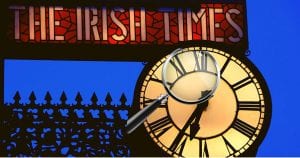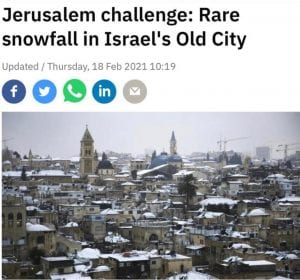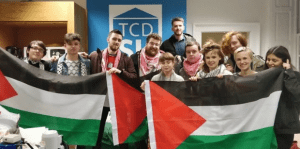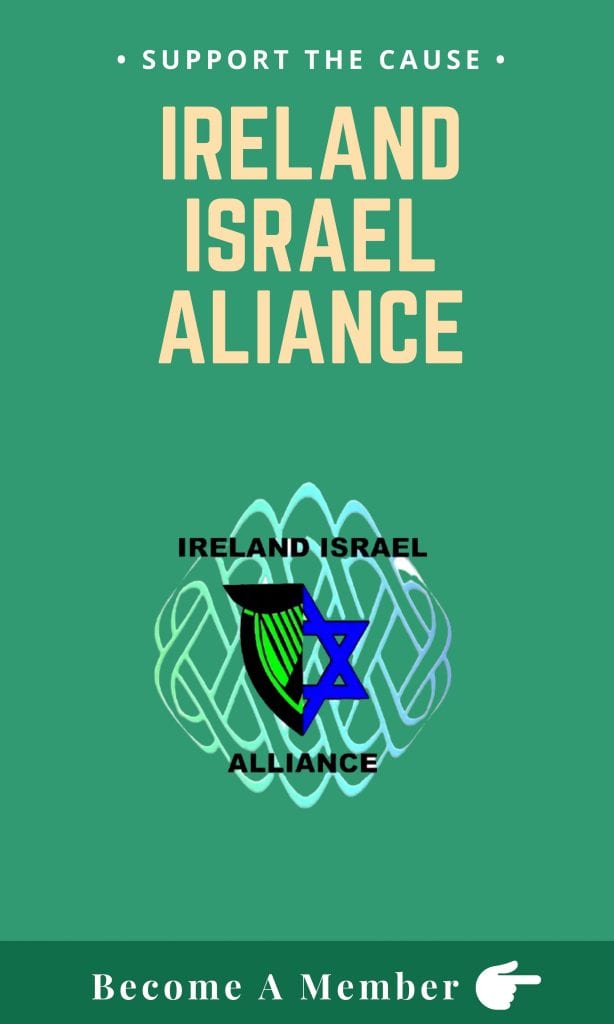On This Day: The Hebron Massacre, 23 August 1929
Ninety-two years ago today, 23 August, the ancient Jewish community of Hebron, then part of Mandate Palestine under British rule, was subjected to a horrifying massacre that ended its existence as a religious minority in the predominantly Muslim Judean city. It was not the community’s first experience of attack: two other massacres had taken place under Ottoman rule…
Since the Jewish people’s loss of autonomy in its own land in 135 CE, its experience of scattered existence under the rules of Christian and Muslim kingdoms and empires has varied enormously, from ‘golden ages’ of relative peace and prosperity to periods of utter devastation, but has always been precarious.
In its 1,400 years of living in a succession of Muslim caliphates, its position as a religious minority was governed by Islamic law, which gave it dhimmi status, i.e. protection from attack in return for payment of a special tax (jizya) and several other humiliations associated with second-class rank. This arrangement could provide long periods of stability, but was always vulnerable to sudden eruptions of murderous violence, either due to the whims of a despotic ruler or at times of political instability in the state.
The first massacre of Hebron’s Jewish community took place in 1517 during a struggle between two Muslim entities. It occurred as the Ottoman Turks were seizing control of the land between the Jordan river and the Mediterranean Sea from the Mamluk dynasty. (The latter had ruled the land since 1250; the Turkish empire would rule it for the next 400 years.) The violent pogrom was carried out by victorious Turkish soldiers of the Sultan.

It is not clear whether the Jews found themselves the incidental victims of the type of massacre that usually attended the capture of a besieged city or whether their prosperity offered an attractive target for plunder in any case. As their homes and businesses were looted, members of the community were beaten, raped and murdered. The survivors fled to Beirut and returned only 17 years later, in 1533.
An interesting footnote links this episode with both contemporary and future Jewish history. In 1540, the Avraham Avinu synagogue was built in the Jewish Quarter of Hebron by the Sephardic rabbi Hakkam Malkiel Ashkenazi, one of the many thousands of Jews recently expelled from Spain. The synagogue, recognised as one of the most beautiful in the country, was restored in 1738 and enlarged in 1864, and stood until the third Hebron massacre in 1929 (see below), when it was destroyed by Arab rioters. During Israel’s war of independence, the Jordanian Arab Legion razed the ruin to the ground, replacing it with a garbage dump and a public toilet. Only since 1967, when the Israeli Defence Force retook the area, has the synagogue been rebuilt and a Jewish presence re-established.
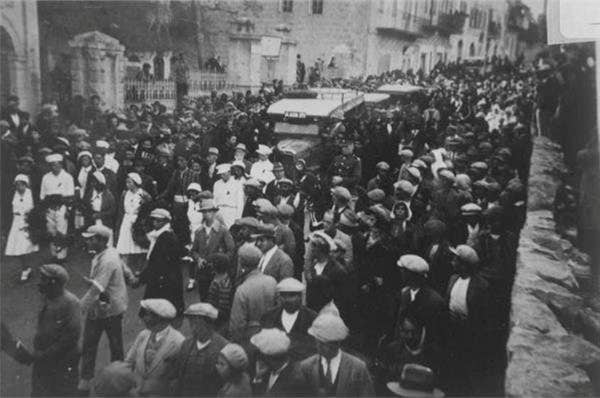
The second Hebron massacre took place in August 1834. As in 1517, the Jewish community was the victim of a conflict in which it was not involved. A revolt of Arab and Bedouin clans against conscription and tax innovations of the Egyptian ruler Muhammad Ali raged in Palestine for three months. As it neared an end, a victorious army led by Ali’s son Ibrahim Pasha attacked the last pockets of resistance in Hebron and defeated the rebels. As the city was taken by storm, the usual slaughter of civilians ensued, leaving a combined death toll of about 500 civilians and rebels.
Although Ibrahim Pasha had given assurances that the Jewish quarter would not be harmed, the quarter was attacked and plundered. Twelve members of the community were murdered and many more injured. A later Ottoman census counted 400 Arab and 120 Jewish families in Hebron, the latter a greatly reduced number since the killings. The Jewish traveller Israel Joseph Benjamin wrote of the aftermath 13 years later:
“No pen can describe the despair of these unfortunates. The women were treated with brutal cruelty; and even to this day, many are found who from that time became miserable cripples. With truth can the Lamentations of Jeremiah be employed here. Since that great misfortune up to the present day, the Jews of Hebron languish in the deepest misery, and the present Sheik is unwearied in his endeavours, not to better their condition, but on the contrary to make it worse.“
The third massacre occurred as the twentieth-century immigration of Zionist Jews from Europe was under way. In the summer of 1929, tensions rose in Hebron, as throughout the rest of Mandate Palestine, as Ashkenazi Jewish immigrants arrived in thousands from eastern Europe. The 800-strong local Jewish community comprised the majority section that had lived in the city for almost 1,000 years and a smaller Ashkenazi element that had begun arriving in the 1860s. In a volatile atmosphere that had already led to the deaths of three Arabs and three Jews, the Mufti of Jerusalem, Hajj Amin al-Husseini, incited the Arab population with false rumours that the Jews were taking over the Al-Aqsa mosque and were engaged in ‘wholesale killing of Arabs’.
Beginning on 23 August, an Arab mob embarked on a murderous three-day rampage through the streets, attacking a defenceless Jewish community in their homes with knives, axes and clubs. When it ended, 67 Jews lay dead, including 55 Ashkenazi, their homes and synagogues destroyed. A small number of Arabs tried to shelter the Jews. One family hid many Jews in their cellar and guarded them with their swords. The British authorities evacuated the 484 survivors to Jerusalem, leaving Hebron empty of Jews for the first time in many centuries. The Hebron riot was part of a wider upsurge of attacks in 1929 that killed 133 Jews throughout Mandate Palestine (110 Arabs were killed by security forces).
A final massacre in Hebron must sadly be mentioned, this time not of Jews by Muslims but of Muslims by one Jew. It happened on 25 February 1994, after the signing of the first phase of the Oslo Accords and during the overlapping Muslim and Jewish festivals of Ramadan and Purim, when the US-born extremist Baruch Goldstein opened fire on Muslim worshippers in the Ibrahimi mosque at the Cave of the Patriarchs, murdering 29 and wounding 125. In ensuing rioting, 20-26 more Arabs and 9 Jews were killed, including the murderer himself. The attack excited horror among Jewish people everywhere and was denounced at all levels of Israeli society, the prime minister Yitzhak Rabin calling it “a shame on Zionism and an embarrassment to Judaism”.
By Dermot Meleady

